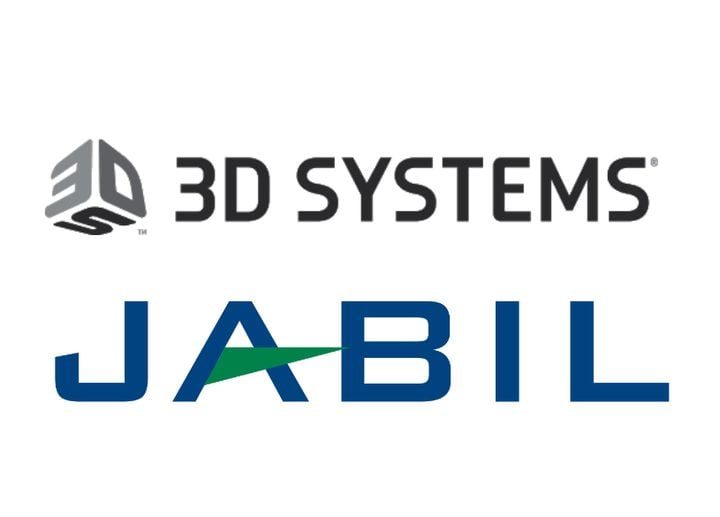
3D Systems announced a new industrial 3D printing system designed for the aerospace and automotive industries, the Roadrunner.
There are very few technical details available for this system, aside from these points:
- It uses filament material
- It will be able to handle a variety of engineering materials, including carbon fiber-infused filaments
- It will be high-temperature capable
- It is said to be 3X faster than “current standard industrial systems”
- Has the “best economics” of any FFF system on the market
- Will have a “build area” greater than “competing systems”
The intention of this system is to produce end-use parts for use in the automotive and aerospace industries, which 3D Systems says will be a US$400M market. This market does not include metal parts, obviously, but does include items such as interiors, drone parts, dashboard components, jigs and fixtures, and certainly prototypes.
3D Systems says the Roadrunner was developed in collaboration with Jabil, a notable contract manufacturer that has been using 3D printing extensively. They say the team has been developing the Roadrunner system for over a year, and expects to launch it in 2022.
As of this writing, there is no further information available. However, I have plenty of thoughts about this surprising announcement.
First, this is an industrial FFF system being developed and marketed by 3D Systems. 3D Systems, you may recall, were one of the original 3D printer companies having invented the SLA process. Their competitor, Stratasys, invented the FFF process (which they call “FDM” via trademark).
Hold on — 3D Systems is now making FFF systems? And Stratasys is making SLA equipment (via their recent acquisition of RPS and others). What is the world coming to?
The roles are reversed, or rather, everybody seems to be making everything now. Perhaps that’s the inevitable result of patent expiration, but here we are.
There’s something else very curious about this announcement: the system was built with Jabil. Up to now, 3D Systems has either developed their own systems in-house, or acquired systems from other companies that had previously developed them. This appears to be a new approach for 3D Systems.
There’s one interesting possibility here. We have long heard rumors that Jabil has been working on developing their own high-speed industrial FFF 3D printer, but have yet to see any announcements from them. One possibility is that they have partnered with 3D Systems to complete and launch the system, as 3D Systems has plenty of experience and networks to do so.
Another curiosity here is that the Roadrunner system is directed towards aerospace and automotive, areas that haven’t been a prime focus for 3D Systems recently. Instead, they have been doing great work in the healthcare vertical, so a new focus on different markets is interesting.
There could be a reason for this, and that might be to get into the aerospace market Stratasys has been pursuing for several years. Stratasys has gone to great lengths to develop systems specifically designed for 3D printing aircraft interiors, for example. Now they may have competition in the form of Roadrunner.
The Roadrunner system, as described, appears to be a powerful option for industry, and I’ll be watching for additional developments.
Via 3D Systems
